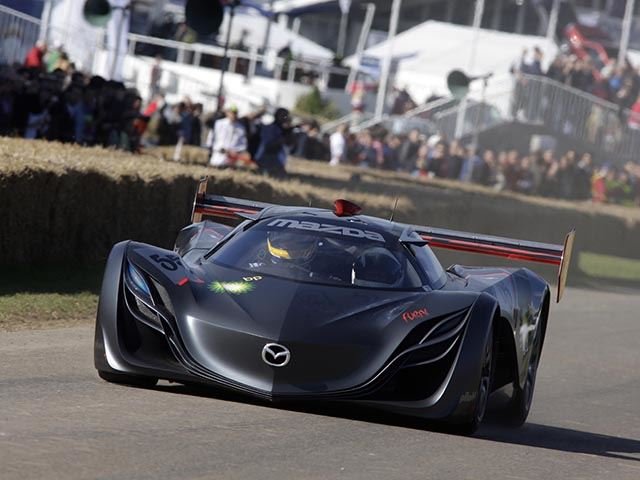Sure, a number of cars over the years have had a stab at conquering the pistonless powerplant: the Citroen GS Birotor, NSU Ro80 and Mercedes-Benz C111 development prototype, to name but a few. But the outcomes of these ventures were often calamitous (in NSU's case, the company went bankrupt as a result of repairing so many unreliable rotary engines under warranty). Of all the firms that have stuck rotaries in road cars, only Mazda has managed to make the formula work.

What's even more impressive is that, over the 50-plus years Mazda has committed to rotary engine development, some truly cracking cars have come out of the project. The Mazda Cosmo sports cars, the RX-3, the RX-8 and countless RX-7 variants have all proven the "Wankel" system can work in a road car. Mazda was even able to get the rotary to work on the motor racing stage. Not only is the RX-7 the most successful car in IMSA racing history, but Mazda was able to defy all the odds and almost flawlessly win the 1991 Le Mans endurance race with its iconic 787B closed-cockpit prototype. Understandably, then, Mazda has an admiration for its rotary-powered racing cars, which was made most apparent with its Furai concept car from 2007.

Though officially a case study of the firm's then-new "Nagare" design language (which would only ever lend itself to one road car: the Mazda Premacy minivan), Mazda actually had some serious plans for the Furai on the race track. Having motorsports-orientated ambitions certainly helps explain why the Furai was based on a Le Mans Prototype chassis. Not only was it a clear indicator of what inspired the Furai in the first place, but it also meant the barmy concept would be a fully functioning vehicle. That combined with its incredible design littered with beautiful flourishes (the mesmerizing tail light arrangement will always be a highlight) made it a definitive crowd-pleaser wherever it went.

Which made the ultimate fate of the Mazda Furai all the more tragic. It's likely that you already know the story behind it but for those who aren't aware, all that's left of the Furai (assuming Mazda is still in possession of it) is a charred hunk of carbon fiber. The tale's even more jaw-dropping when you remember that Mazda and Top Gear Magazine (the publication that was doing a feature on the Furai on the fateful day it caught alight) were able to keep the details of the disaster under lock and key until a year later. It's probably the surprise announcement that lead to it being such a headline-grabbing news story at the time, and still something that brings a tear to our eye every time we see the pictures documenting the event.

But a little bit of us will never get over the fact this stunning concept car that captured the imaginations of countless car enthusiasts the world over is now nothing more than a burnt-out chassis tucked away in the corner of Mazda's basement somewhere.




